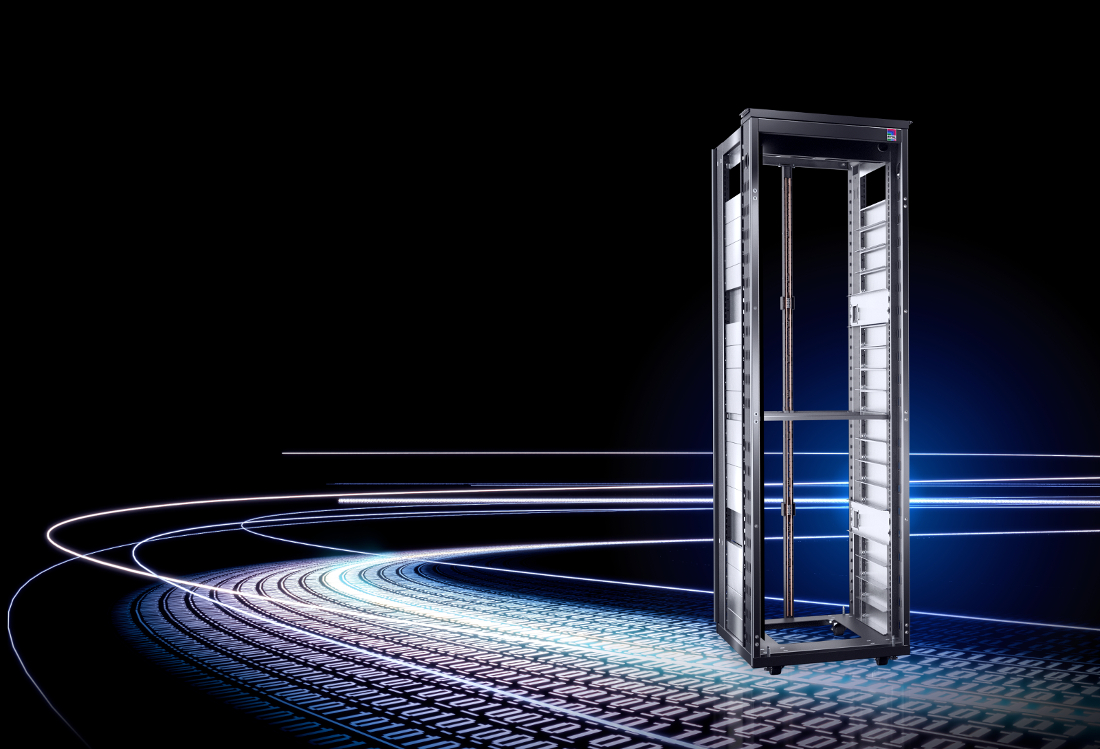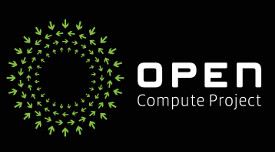
Alongside traditional data center development, there is another trend based on the Open Compute Project (OCP) which has recently become established, and is being driven primarily by Facebook and other top hyperscalers.
OCP is currently used for highly scalable applications that use software redundancy. The failure of a device or even a complete enclosure or enclosure suite only marginally affects the availability of the customer’s application.
As well as leading hyperscalers, there is also growing interest in this technology among telecommunications companies, as the OCP Foundation reports.

The Open Rack defined in the Open Compute Project (Source: https://www.opencompute.org/products/231/open-rack-v2) differs from conventional 482.6 mm (19”) IT racks in several respects.
The key differences are:
The OCP rack may be fitted with side panels and a row of doors, and is suitable for both stand-alone siting and in a suite. The option of dividing the rack into two power zones allows users to operate two different load scenarios, for example, 6.6 kW in the top zone and 19.8 kW in the bottom zone.
The primary objective of the Open Compute Project (OCP) is to reduce the investment and operating costs, energy consumption and environmental impacts of data centers using innovative, fully standardised IT architectures. To this end, the OCP offers an open platform for the exchange of ideas and expertise from which to develop ground-breaking standards for the data center of the future.
The industry is also keen to use the open OCP model to develop bespoke hardware that has been optimised for the telecoms sector.

Do you have any questions? If so, please get in touch. We’ll be only too happy to help you with any questions about OCP.